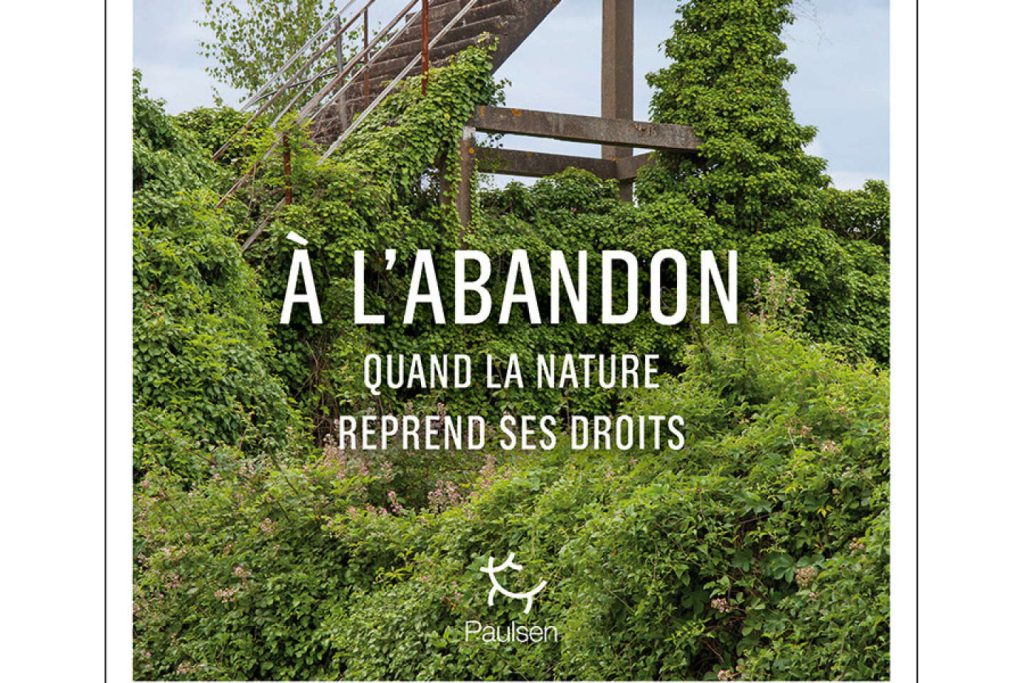In her book “A l’abandon”, Scottish author Cal Flyn explores how nature reclaims abandoned spaces left behind by humans. From mine spoil heaps to urban wastelands, she travels to twelve sites around the world, witnessing how wildlife thrives in these neglected areas. One of the most well-known examples is the area around the Chernobyl nuclear power plant in Ukraine, where animals continue to flourish despite the radioactivity. Flyn also examines how disasters, crises, and conflicts push humans to vacate their territories, providing opportunities for other forms of life to thrive, such as during World War II when the halt in fishing in the North Sea led to an increase in fish populations.
On the island of Cyprus, Flyn explores the buffer zone between Greek and Turkish territories, known as the “Green Line” since 1963. Scientists observed in 2008 that this area had become a biodiversity reserve. In France, she visits the “Red Zone” in Verdun, where the battle of February 21, 1916, and its onslaught of shells leveled the land, now covered by a forest. The nearby “gas field,” where 200,000 munitions were burned in 1928, serves as a testament to how nature can thrive even in polluted environments, with the lichen Cladonia fimbriata using heavy metals like zinc and lead to grow.
Flyn also delves into what human abandonment of certain spaces reveals about our relationship with the environment. In the United States, urban decay in Detroit affects the psychology of residents. She notes that “urban abandonment is a contagious disease: when one house is abandoned, neighboring homes are more vulnerable.” In Staten Island, the open-air boat graveyard in the Arthur Kill strait showcases how waste was managed in the West during the 19th and 20th centuries: “Let it rest, time will do its work.”
By examining these abandoned and reclaimed spaces, Flyn prompts readers to reflect on the impact of human actions on the environment and the resilience of nature in the face of adversity. Through her travels and observations, she highlights the ways in which nature thrives and adapts to human-made challenges, demonstrating the interconnectedness between humans and the natural world. “A l’abandon” serves as a poignant reminder of the power of nature and the importance of coexisting harmoniously with the environment.


